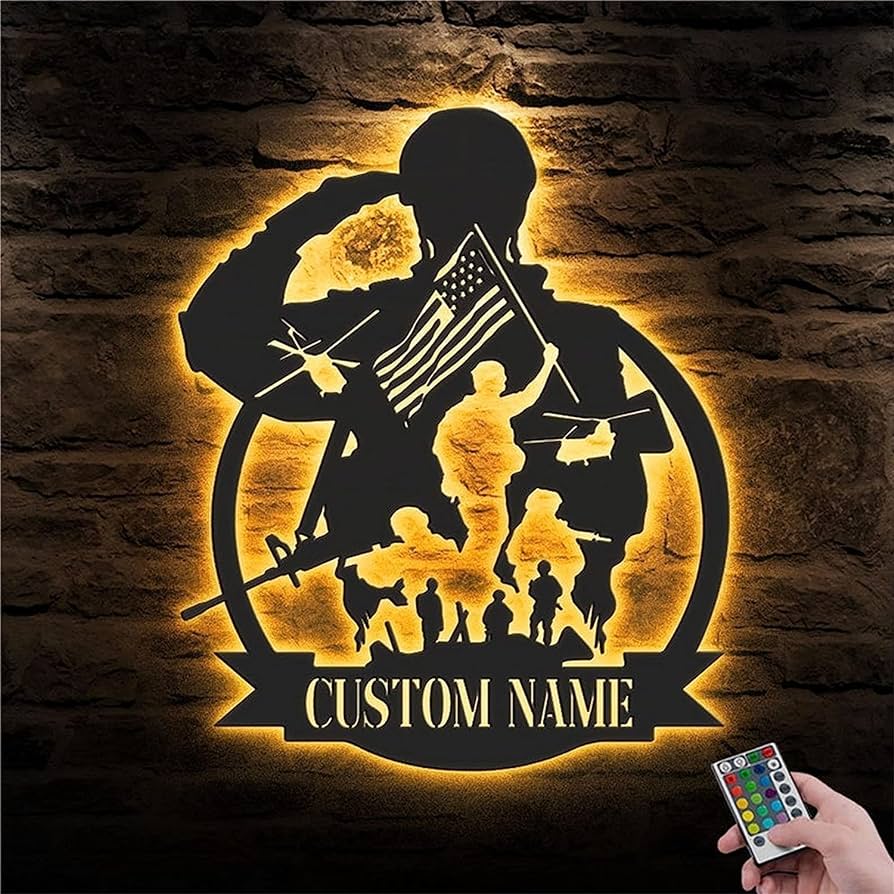Soldiers have always been depicted as symbols of bravery, sacrifice, and patriotism in art, influencing society’s views on the military. From ancient times to modern eras, artists have captured the heroism and hardships of military life, reflecting the values of their time. In ancient civilizations, soldiers were glorified as heroic figures fighting for glory. During the Renaissance, soldiers symbolized power and authority. The Romantic movement in the 19th century romanticized war as a noble duty. In modern times, artists critique military power, highlighting the devastating consequences of war. The depiction of the military in art shapes public perceptions and can either promote militarism or foster a culture of peace.
Soldiers as Symbols: The Depiction of the Military in Art and Its Influence on Society
Throughout history, soldiers have been revered as symbols of bravery, sacrifice, and patriotism. The depiction of the military in art has played a significant role in shaping the way society views soldiers and the armed forces as a whole. From ancient times to the modern era, artists have captured the heroism and the hardships of military life in their works, reflecting the values and beliefs of their time.
Ancient Times: Glorifying Warriors
In ancient civilizations such as Egypt, Greece, and Rome, soldiers were seen as heroic figures who fought for the glory of their kingdoms and empires. Artworks from this period often depicted warriors in elaborate armor, wielding weapons and riding into battle on majestic horses. These images glorified the military and reinforced the idea of war as a noble and honorable pursuit.
The Renaissance: Portraying Power and Authority
During the Renaissance, artists like Leonardo da Vinci and Michelangelo depicted soldiers as symbols of power and authority. Paintings and sculptures of military leaders and their armies served as propaganda tools to promote the strength and dominance of ruling monarchs and empires. These artworks portrayed soldiers as fearless warriors who were willing to sacrifice their lives for their leaders and their countries.
The 19th Century: Romanticizing War
In the 19th century, the Romantic movement in art glorified the idea of warfare and conflict. Artists like Eugene Delacroix and Francisco Goya depicted soldiers as tragic heroes who faced death and destruction with courage and stoicism. War was romanticized as a noble and sacred duty, and soldiers were seen as noble martyrs who fought for freedom and justice.
Modern Times: Critiquing Military Power
In the 20th and 21st centuries, artists have taken a more critical approach to the depiction of the military in art. Works like Picasso’s “Guernica” and Banksy’s anti-war murals have highlighted the devastating consequences of war and the impact of military power on civilians. These artworks challenge the traditional notions of heroism and sacrifice, and question the ethics and morality of armed conflict.
The Influence on Society
The depiction of the military in art has a profound influence on society, shaping public perceptions of soldiers and the armed forces. Artworks that glorify war and portray soldiers as heroic figures can reinforce nationalist and militaristic attitudes, promoting a culture of militarism and glorifying violence as a solution to conflicts.
On the other hand, artworks that critique military power and question the morality of war can raise awareness about the human cost of armed conflict and foster a culture of peace and non-violence. These artworks can challenge the status quo and spark important conversations about the role of the military in society and the need for diplomacy and conflict resolution.
In conclusion, the depiction of the military in art is a powerful tool for shaping public perceptions and influencing societal values. Artists have the ability to reflect the heroism, sacrifice, and tragedy of military life, and to challenge cultural norms and beliefs about war and conflict. By portraying soldiers as symbols of bravery, power, and authority, artists can inspire and provoke audiences to think critically about the role of the military in society and the impact of armed conflict on civilians.
